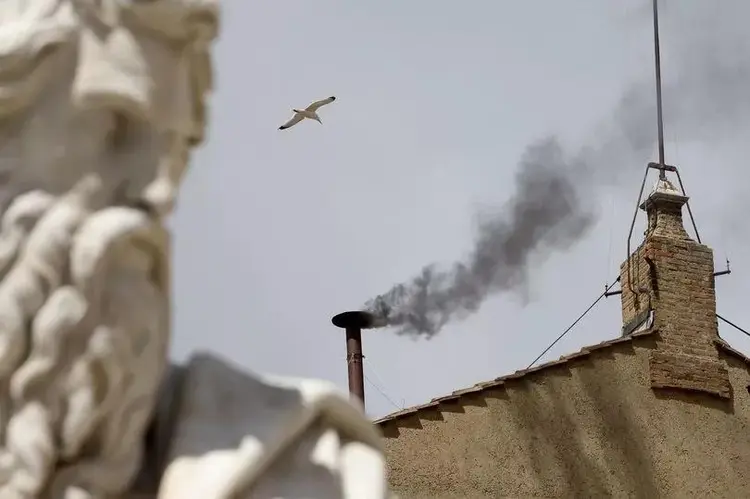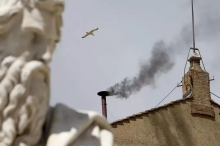
by Max B, Year 12
After the election of Pope Leo XIV last week, I thought it would be particularly fitting to take a look at the longest papal conclave in history.
Viterbo – 13th-century Italy. Beyond the shuttered windows and guarded gates, the Catholic Church faced a crisis of its own making. The throne of Saint Peter sat empty, collecting dust, for over 1000 days as the most powerful cardinals and clerics argued, manoeuvred and delayed. This was no normal conclave. The death of Pope Clement IV triggered a 33-month drought of power which tested the very structure of the Church and reshaped the ways in which the Vatican chose their popes forever.
When Pope Clement IV died in November 1268, the Church was left without a spiritual leader, and Europe without one of its most influential political figures. In the 13th century, the papacy was far more than a ceremonial post. It commanded armies, negotiated treaties and claimed domination over most of Europe. The Pope’s long absence was not merely a religious issue; it was a geopolitical vacuum. At the time, Europe was entangled in fierce rivalries between dynasties. The most significant of which was the struggle between the Angevins of France, represented by Charles of Anjou, and the Ghibellines, loyal to the Holy Roman Empire. The College of Cardinals were deeply divided along these lines, and the election of a new pope became a minefield for continental supremacy.
The College of Cardinals (then composed of about 20 men) were split almost evenly between those who supported French influence and those who feared it. Charles of Anjou, brother of King Louis IX of France, had claimed the Kingdom of Sicily, dramatically expanding his reach into Italy. His supporters within the College pushed for a pontiff who would continue this alliance; others wanted to curb the growing domination of the French.
The result was deadlock.
The next months stretched into years; the cardinals could not find compromise in a candidate. Several members actually died during the process, and many others left in frustration. The process was heavily sabotaged by personal rivalries, external pressure and the sheer fear of making the wrong decision. Choosing a pope meant choosing sides in Europe's broader power struggles.
Whilst Viterbo (the quiet town hosting the election) continued to house and feed these indecisive cardinals, the people grew restless. Taking matters into their own hands, the magistrates of the city decided the best course of action was to simply lock the cardinals inside the episcopal palace, nailing boards over the doors. As this clearly wasn’t enough motivation for the cardinals to hurry up with their decision, the magistrates removed the roof of the building to expose the cardinals to the elements, whilst reducing food rations to just bread and water, hoping that hunger and discomfort would break the stalemate. In fact, it was this radical intervention which gave rise to the term “conclave”, from the Latin cum clave (with a key), to the locked room where cardinals now met. It was the first time that such methods were used and has continued to set the precedent for future papal elections.
Following 33 months of fruitless deliberation, the exhausted cardinals finally agreed to delegate the decision to a committee of six. This smaller group, perhaps better able to compromise, chose an unexpected candidate: Teobaldo Visconti, a respected archdeacon and papal diplomat who was not even a cardinal. Yet, Visconti was on a crusade in Acre (modern-day Israel) and could not be found or communicated with. However, when he returned to Italy, Visconti was crowned Pope Gregory X in 1272, four years after the death of Pope Clement IV.
Gregory X, recognising the chaos he had inherited, moved with haste to reform the conclave system. At the Second Council of Lyon in 1274, he established formal conclave procedures that are still observed today: seclusion of cardinals, limitations on luxuries and pressure to reach a timely decision. His reforms ensured that never again would a papal election become such a prolonged embarrassment for the Catholic Church.
The 1271 conclave remains the longest in Church history. It was a mirror of mediaeval Europe’s power struggles and a reminder that even sacred institutions are vulnerable to political paralysis. Today, the conclave is an orderly and secretive ritual watched by millions. But its origins lie in a time of chaos, frustration and political siege.

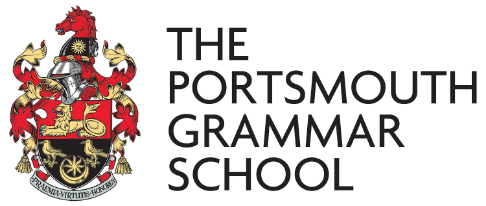



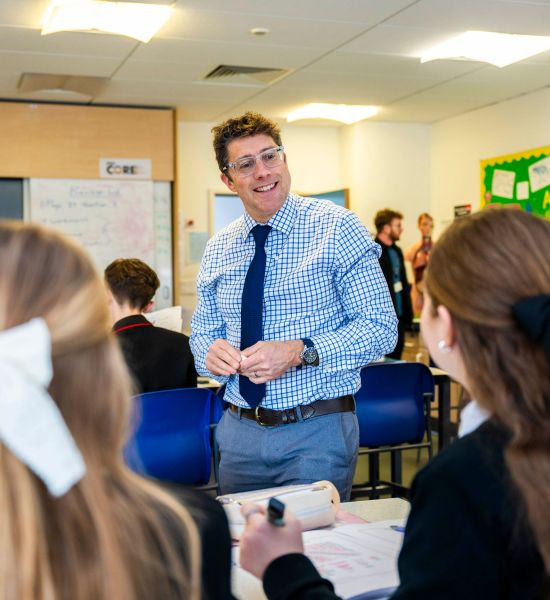
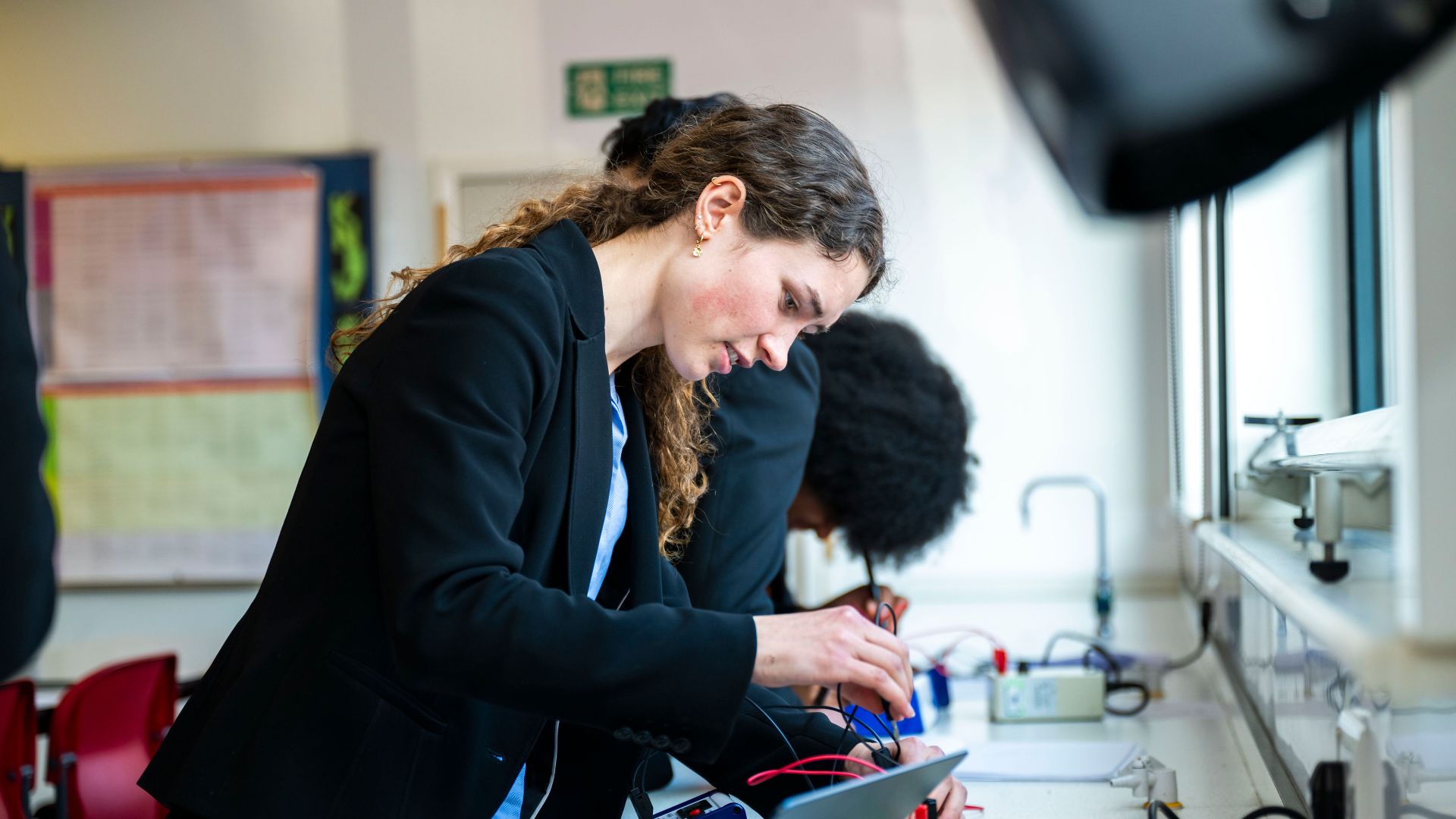



















.png&command_2=resize&height_2=85)
